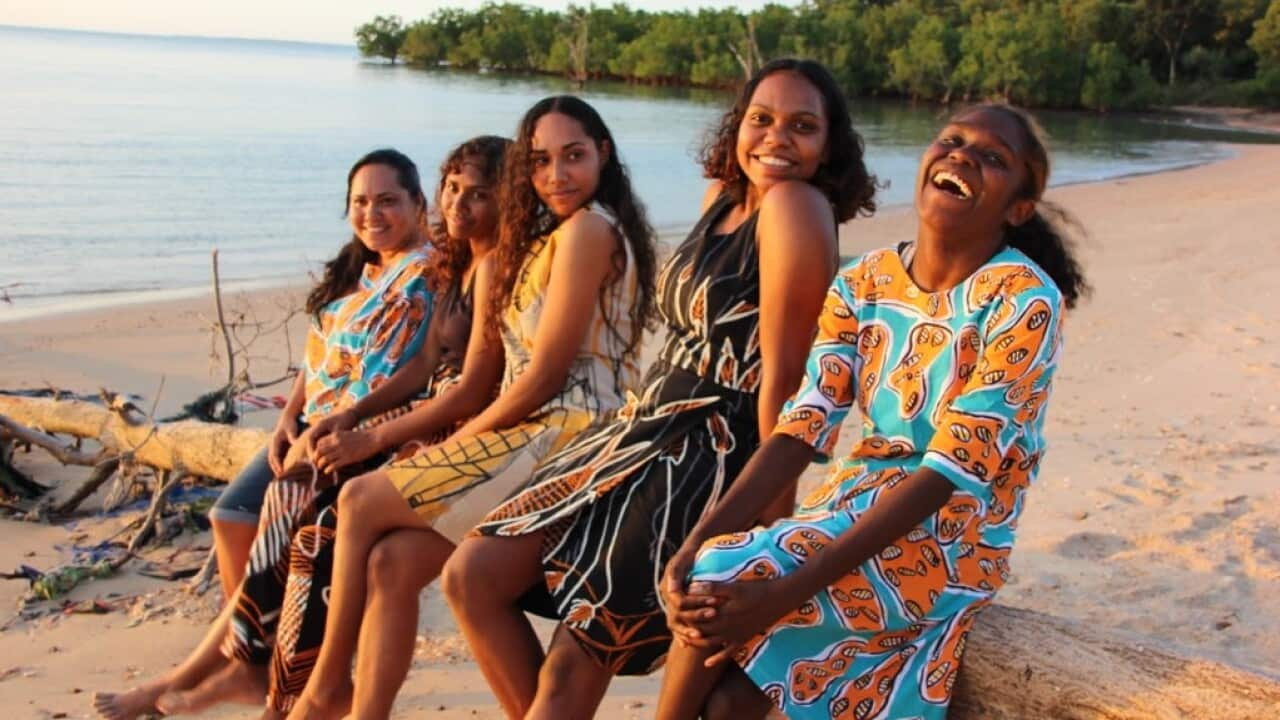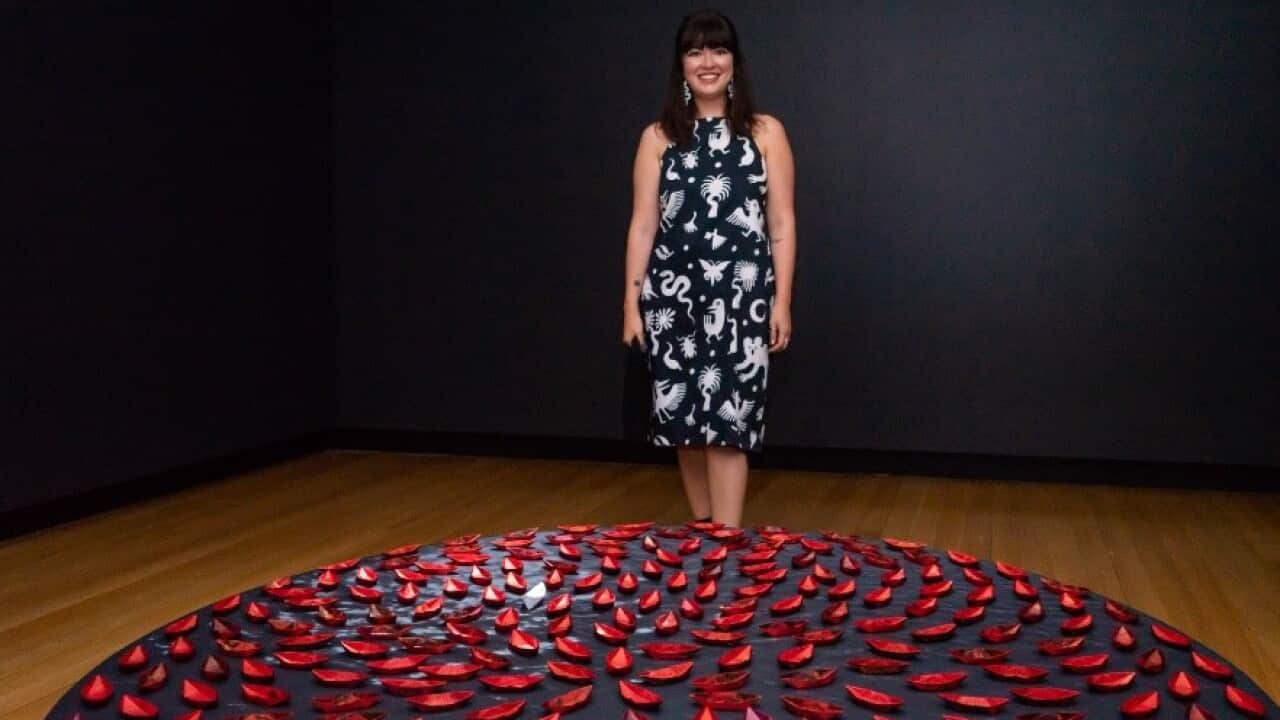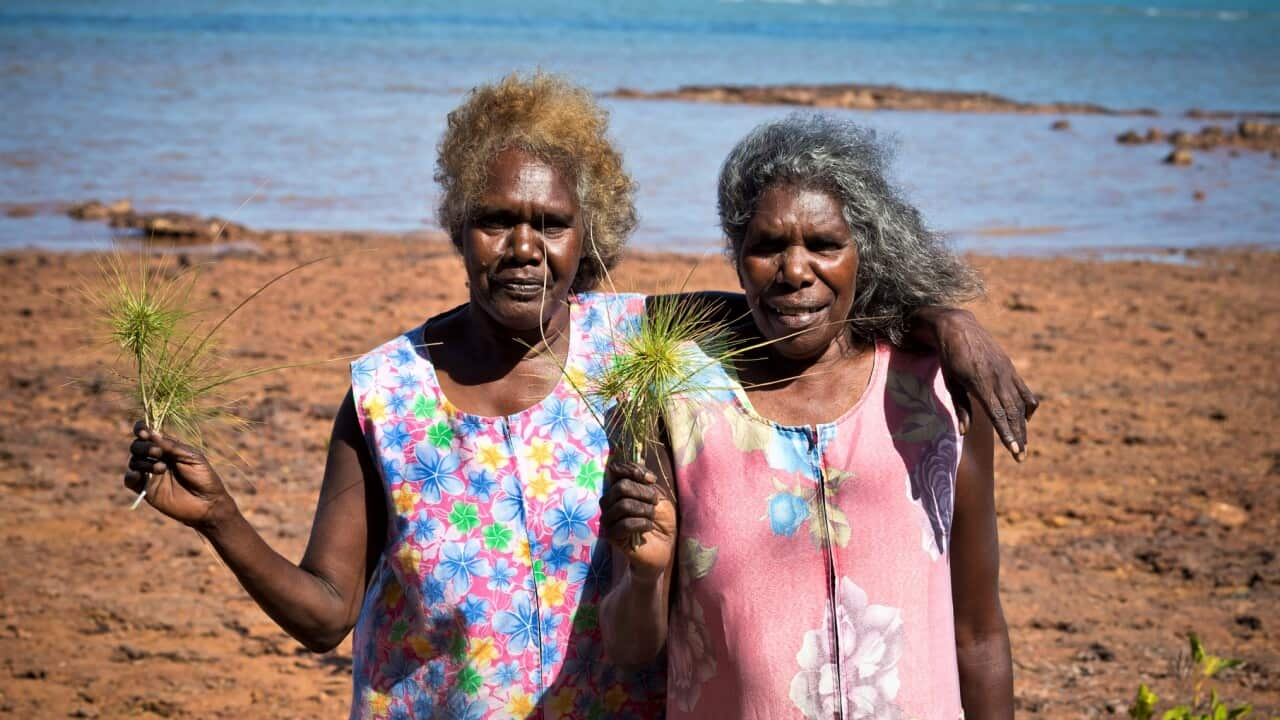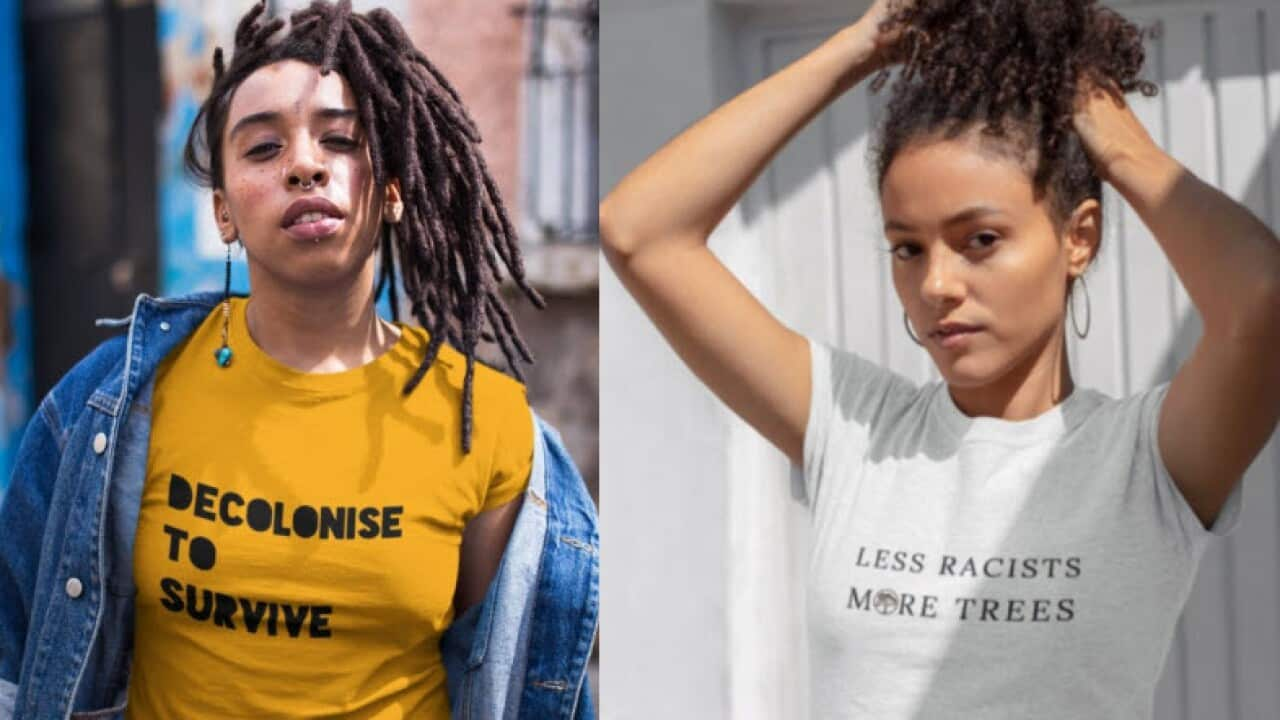The Arts Law Centre of Australia estimates that 80 per cent of all Indigenous art on the market is fake, with a lot of it imported from countries, such as Indonesia and China.
Now, the federal government is considering legislation for the first time and has announced an action plan to protect Indigenous art from cheap imitations. The government is inviting Indigenous artists, professionals and art businesses to make submissions through a consultation process.
“As part of this consultation we want to hear from stakeholders across the Indigenous visual arts sector — artists, art centre directors and managers, arts workers, art dealers, gallerists, art market professionals, purchasers, collectors, industry bodies or peak bodies representing these groups,” said Indigenous Affairs Minister Ken Wyatt said.
Image 'The dark side'
The beautiful, bright and eclectic Indigenous art is highly sought after here in Australia and around the world. Yet the art and craft business can hide a dark side.
Janina Harding who set up the first Indigenous art code in Australia recalls reading a news story about Indigenous artists who were “enslaved to make art”.
“It was a story about artists that were taken from their communities from the Northern Territory and brought to Melbourne, and reading the article it was like they were enslaved to make art and they were represented by a particular gallery in Melbourne and that kind of hit home for all of us sitting around the table discussing this whole issue that appeared in the paper,” she says.
Ms Harding says the artist had been left to work in bitterly cold weather without proper clothing and they were found by a neighbour.
She says the incident prompted her to act. She met with an Indigenous art lawyer from Sydney and other stakeholders and came up with an Indigenous art code of practice for the City of Melbourne which she says led to establishing the National Indigenous Art Code after a senate inquiry.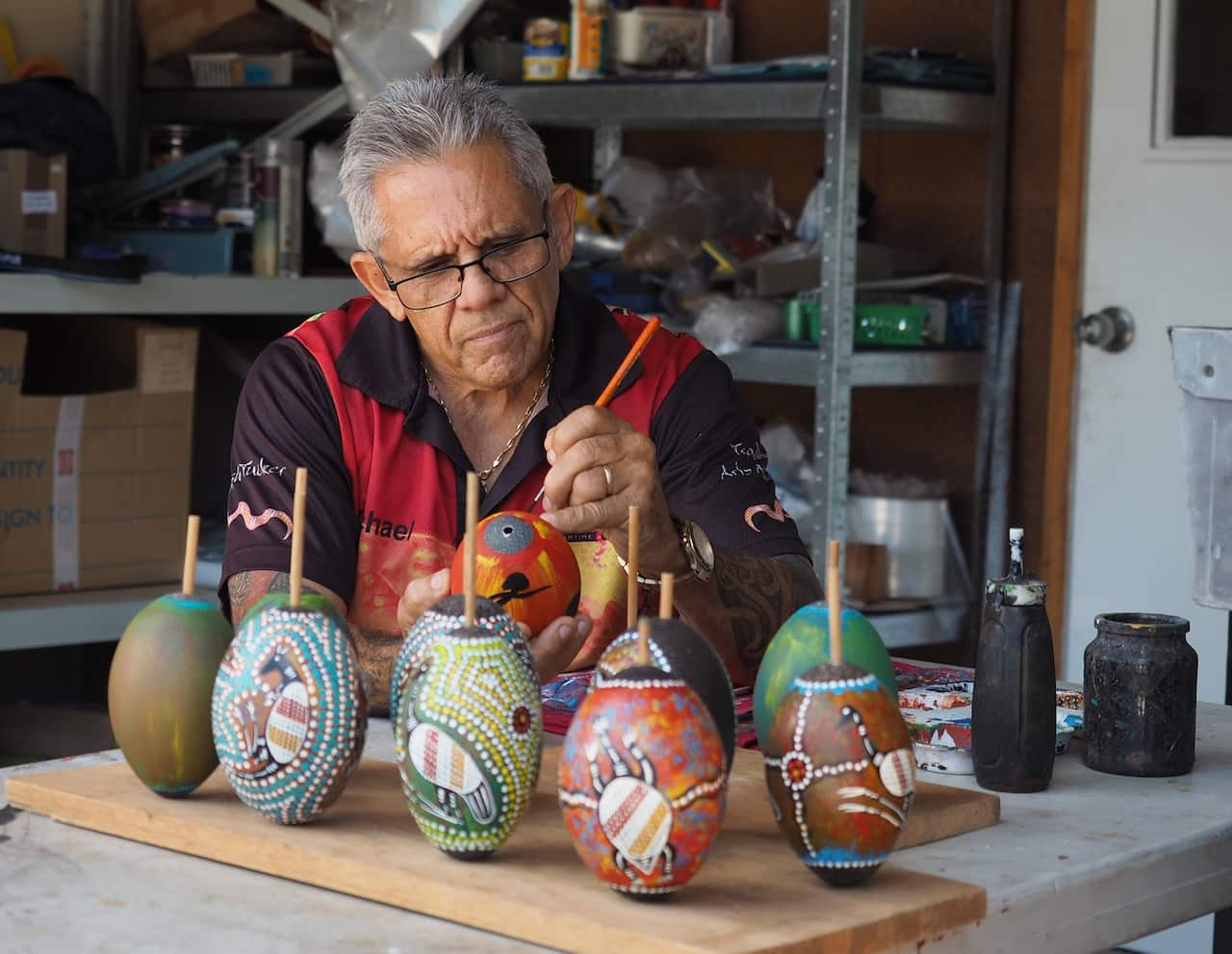 Stephanie Parkin, Chair of the Indigenous Art code says the code works on a voluntary basis and members, including artists, dealers and other stakeholders are expected to demonstrate a commitment to principles of the Indigenous art code which is all about ensuring there is fair, ethical and transparent trading between artists ad those that deal with their works.
Stephanie Parkin, Chair of the Indigenous Art code says the code works on a voluntary basis and members, including artists, dealers and other stakeholders are expected to demonstrate a commitment to principles of the Indigenous art code which is all about ensuring there is fair, ethical and transparent trading between artists ad those that deal with their works.

Michael Connolly has been asking the Government to make laws to help stop the sale of fake Indigenous art. Source: Dreamtime Kullilla Art
What can consumers do to ensure the authenticity of their purchase?
Stephanie Parkin says people should ask questions when they are purchasing Aboriginal and Torres Strait Islander artworks.
“We all have a role to play in this ensuring that artists are treated fairly so the more research that can be done the more questions can be asked by consumers, I think only is a good thing."
“There are some standard questions that can be asked, like who is the artist, where is the art from. Even questions about that particular art piece that is being displayed or promoted for sale and also questions around the arrangements that have been made with the artist,” she told NITV Radio.
“So asking what type of royalties or other fees flow back to the artist through the purchase of the work.”
The federal government’s consultation process closes on 18 December 2020 and the Indigenous visual art action plan that the government says will be guided by responses from Indigenous artists and stakeholders is expected to be released next year.
Share

